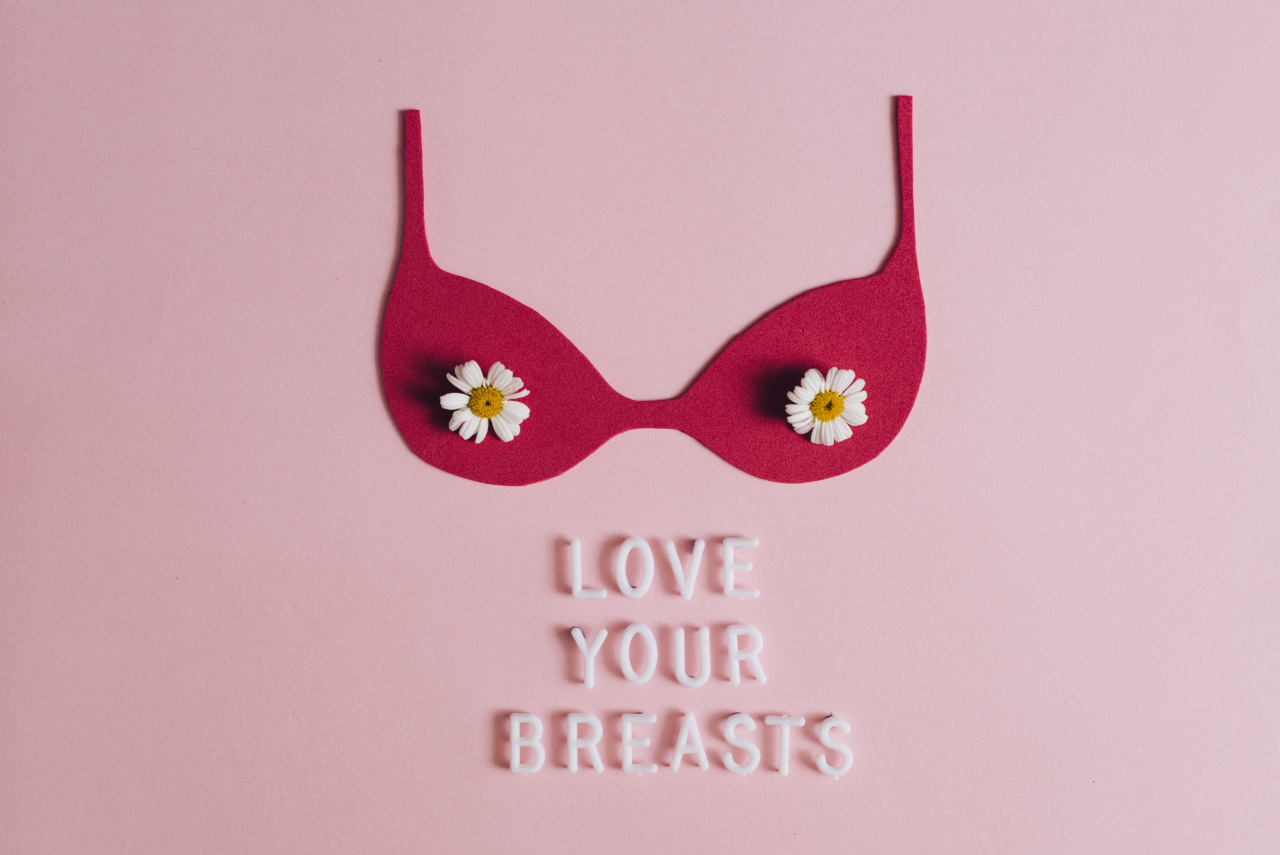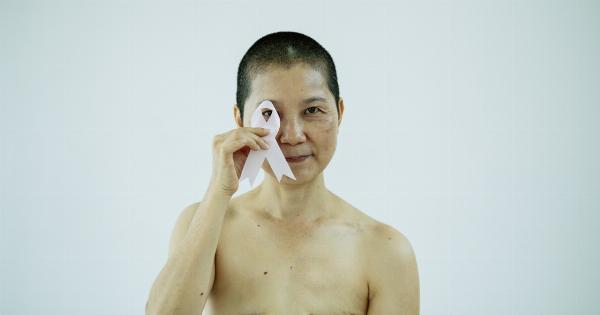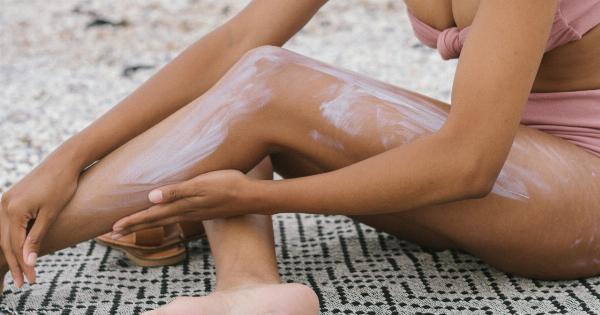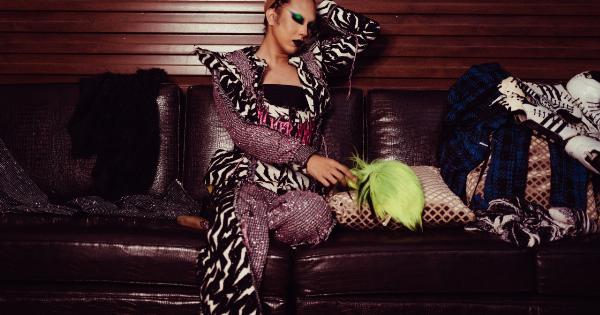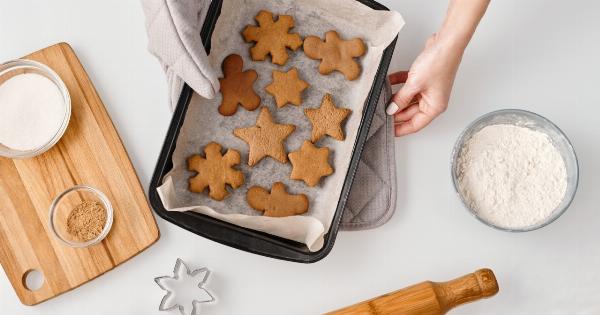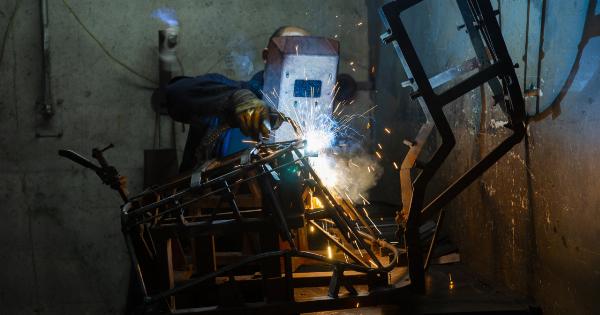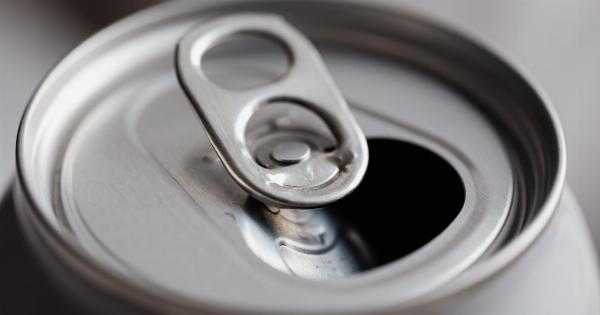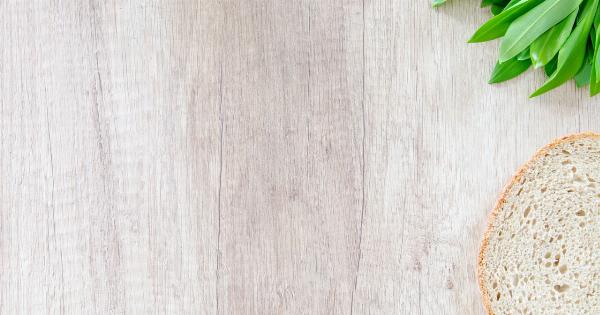Wearing a bra is a common practice for most women, providing support and shaping to the breasts. However, many women may not be aware that their bras could potentially be doing more harm than good.
In this article, we will explore seven ways your bra may be hurting your breasts and provide some tips for finding the right bra to protect your breast health.
H2: 1. Ill-Fitting Bras
One of the primary culprits for breast discomfort is an ill-fitting bra. If your bra is too tight or too loose, it can cause various issues.
A too-tight bra can restrict blood flow, leading to breast pain, while a too-loose bra may not provide the necessary support, resulting in sagging and discomfort.
H2: 2. Underwire Troubles
Underwire bras are popular for their ability to lift and shape the breasts. However, if the underwire is not placed correctly, it can dig into the delicate breast tissue, causing irritation and even breast pain.
It is crucial to ensure that the underwire sits flat against your rib cage and does not poke or pinch your breasts.
H2: 3. Strap Stress
The bra straps bear a significant amount of weight and pressure from your breasts. If your bra straps are too tight, they can dig into your shoulders, leading to discomfort and even shoulder pain.
Conversely, if the straps are too loose, they may not provide proper support, putting additional strain on your breasts and shoulders.
H2: 4. Material Matters
The fabric of your bra can also greatly impact your breast health. Bras made from synthetic materials, such as polyester, nylon, or spandex, may not allow your skin to breathe adequately, leading to sweat and moisture accumulation.
This damp environment can increase the risk of skin irritation, rashes, and even fungal infections.
H2: 5. Sports Bras and High-Impact Activities
While sports bras are designed to provide extra support during physical activities, wearing the wrong sports bra for high-impact exercises can harm your breasts.
Insufficient support during vigorous movements can strain the ligaments in your breasts, potentially causing sagging and discomfort over time. It is essential to choose a sports bra with appropriate support levels based on your activity.
H2: 6. Allergic Reactions
Sometimes, the culprit behind breast discomfort may be an allergic reaction to specific materials or components of your bra. Some women may develop skin allergies or sensitivities to certain fabrics, dyes, or materials used in bra construction.
Rashes, itching, and redness are common symptoms of such reactions. Opting for hypoallergenic bras or natural fiber bras can help mitigate these issues.
H2: 7. General Wear and Tear
Over time, bras naturally undergo wear and tear due to regular use and washing. Worn-out bras with stretched bands, faded colors, and loose straps can significantly compromise breast support and comfort.
It is important to replace your bras regularly to ensure optimal breast health.
Conclusion
It is crucial for women to be aware of the potential ways their bras may be hurting their breasts.
By wearing correctly sized bras, paying attention to underwire placement, choosing the right sports bras, and opting for materials that promote breathability, breast discomfort and potential health issues can be minimized. Regularly replacing worn-out bras and being mindful of any allergic reactions can help maintain breast health and overall comfort.
